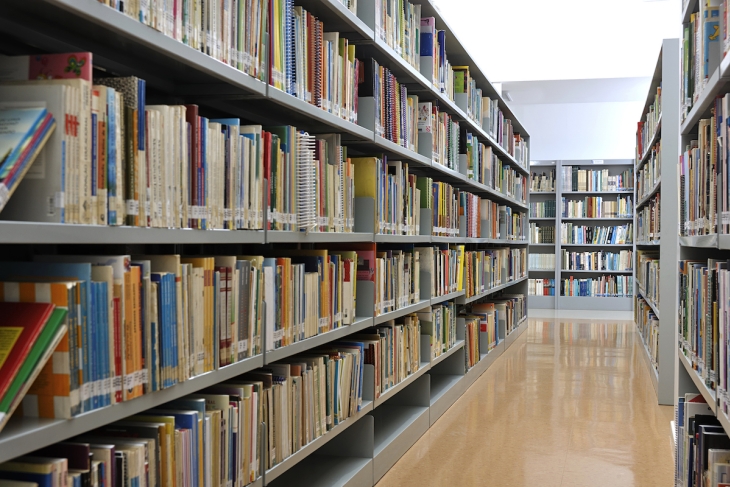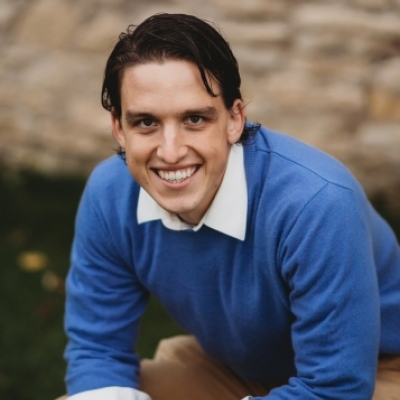Just when I thought that book ban debates were so last year—gone the way of critical race theory or the Common Core, subsumed by the latest controversy over Title IX or Project 2025—it seems those grouchy conservatives are at it again. Kamala Harris condemned efforts to ban books in her speech to the American Federation of Teachers in July. Meanwhile, the New York Times reports on a slew of new legislation aimed at, you guessed it, banning books.
Except no one is trying to ban books. What the latest so-called “book banning” laws actually do is establish procedures so that schools can effectively handle complaints from parents and adjudicate competing claims as to the appropriateness of this or that book, hopefully resulting in more productive debates, not just partisan stalemates.
Per the Times, the law in South Carolina, for example, replaces the former “patchwork approach to challenging books and deciding whether they are appropriate” and instead establishes a formal portal through which parents and other community members can lodge complaints, as well as setting forth a system for review of those complaints and the books being challenged. In Idaho, the law delineates clear content such as “masturbation” or “sadomasochistic abuse” which would trigger a book’s removal.
These new laws are no more “bans” than a bonfire in my backyard is arson—only alike superficially. As Mark Twain famously observed, “the difference between the almost right word and the right word is really a large matter.” There’s quite a difference between a federal government black-bagging dissidents for sharing censored content, a major seller such as Barnes and Noble refusing to carry a book, a public or school library choosing not to shelve a book, and a teacher replacing one with another on a curriculum. To call routine library and curricular curation a “ban” is really a rather large categorical error.
Only a few thousand books can fit into a school library, and a handful onto school curriculum. It is the duty of school personnel to select the best books with the most educative potential to include in those small selections and the duty of our lawmakers to establish clear expectations for the personnel in and policies guiding our public institutions. Thankfully, just the other week, I strolled past a “banned books” display at my local bookstore where I could bravely buy many of these supposedly censored titles for $29.95 each. It may be false advertising, but it sure is effective.
Were we to indeed call this standard act of curation a “ban,” then by definition almost every single book in existence is banned from school libraries and reading lists. Following this logic, if anything, American schools have long been busy “banning” conservative ideas. In an amusing little study, researchers at the Cato Institute scoured the library catalogs of 200 randomly selected public schools and found a preponderance of progressive books. For example, while 39 percent of public school libraries carried Stamped: Racism, Anti-Racism, and You, only one school carried its centrist/conservative counterpart, Woke Racism.
Authors and advocates lamenting these “book ban” laws would likely take umbrage if I tried to get socially conservative books such as Ryan T. Anderson’s What Is Marriage? Man and Woman: A Defense or When Harry Became Sally into school libraries or (God forbid) excerpts onto health curricula. Many in the media did in fact clutch their pearls when Louisiana and Oklahoma mandated the instruction of biblical stories. And they have every right to express their disfavor about and seek to change the actions and decisions of these public institutions.
I’m inclined to joke that “We are all book banners when it’s books we don’t like” but that belittles what is really an important debate. What should we teach our children? What books should we have them read—and not read? Who from history shall we valorize and who shun? Plenty of considerations from literary quality to variety of genre can and should be in consideration when debating these questions. And appropriateness is absolutely one such criteria. Even authors at left-wing publications such as Salon have acknowledged, in a moment of hilarious understatement, that it might be inadvisable to distribute to children books that depict “adult bodies having sex” and “detailed drawings of genitals.”
Contrary to the Times’s framing, these recent pieces of legislation represent a productive and common sense step forward in a debate that’s been stuck in the muck and mire of partisan arguments for several years now. Creating a formal process with preset criteria will provide ideological opponents a productive means to hash out their disagreements and reach a compromise, even if perfect consensus or agreement is impossible.
To understand the benefits of these bureaucratic processes, consider another. Democracy is many things with many benefits, but it is fundamentally a process to foster political action and legitimacy. I may dislike politicians B and Q but I accept their authority, however grudgingly, because they won the formal voting process. It’s a process to manage even insurmountable disagreements.
So too, these processes lend credence to a school’s decisions about books in libraries and on curricula. No school will ever satisfy every parent, but more will accept the decisions if they’re made through formal procedures established through law. Moreover, the criteria themselves become the focus of a more productive debate. Utah, Idaho, South Carolina, and Tennessee have saved their schools from making arbitrary decisions in response to either the passions of the loudest parents or the convictions of activist teachers.
So long as we have public schools, what we teach our children and the books that we include in curricula and school libraries will and should be a matter of public debate. These states have passed laws that should create more light and less heat in these arguments, and so should be celebrated for doing so, not subjected to New York Times hit pieces.




